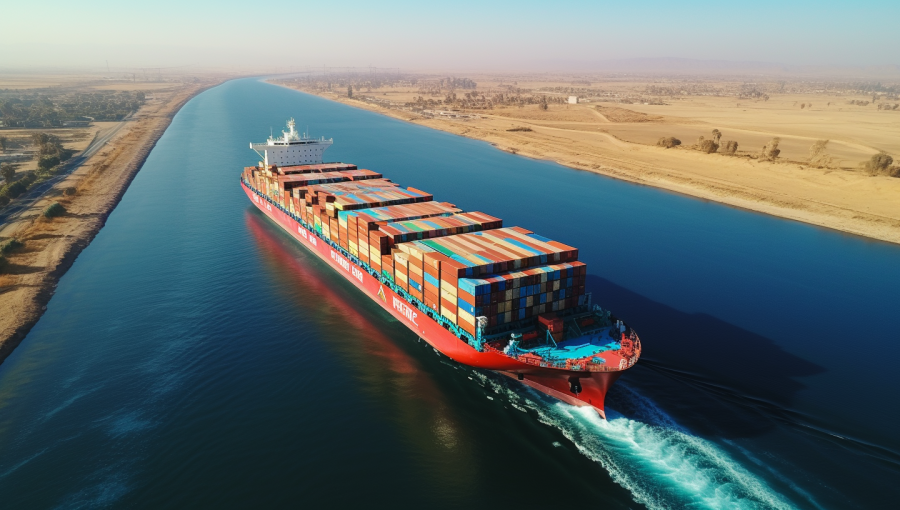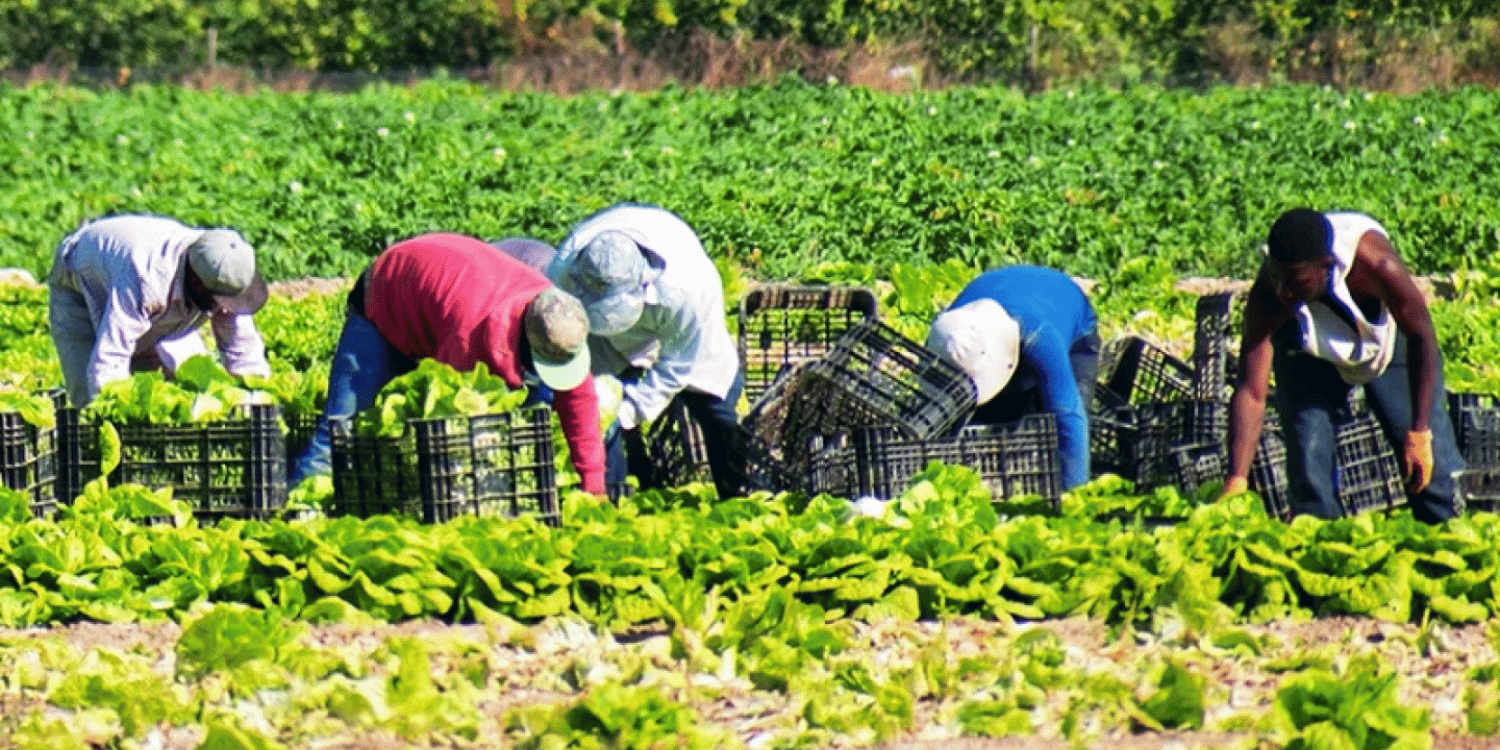Security disruptions force Kenyan produce to take longer maritime routes, extending transit times and increasing costs for exporters heading to European markets
Kenyan exporters of fresh produce are grappling with significant delays in getting their products to European markets as a result of disruptions in the Suez Canal.
Shipping companies, forced to circumvent the usual route, now face transit times that have surged from about 30 days to over 50 days, a rise of nearly 66 percent.
The extended journey is largely attributed to the blockage of the Suez Canal, compounded by security concerns following “attacks on vessels using the travel route by Houthi militants.”
These incidents have compelled shippers to adopt longer, alternative routes, such as circumnavigating the Cape of Good Hope.
The necessary detours not only extend the shipping duration but also increase fuel consumption and operational expenses, thereby elevating overall costs for exporters.

The longer transit times are especially problematic for perishable goods like fruits, vegetables, and flowers, which form the backbone of Kenya’s export portfolio.
Kenyan produce has long been celebrated in European markets for its quality and diversity.
From vibrant bouquets of flowers to fresh, nutritious vegetables and a wide array of fruits, Kenya has established itself as a reliable source of high-quality agricultural products.
However, the current logistical challenges threaten to undermine this reputation.
The extended journey time raises the risk of spoilage and quality degradation, potentially diminishing the competitive edge of Kenyan products in a market where freshness is a key selling point.
The ripple effects of these delays could lead to missed market opportunities and ultimately higher prices for consumers.
Industry players are increasingly concerned that the additional time and costs imposed by these longer routes may have far-reaching consequences.
The extra days spent at sea translate into not only higher operational costs but also increased exposure to risks that could further compromise the quality of the cargo.
These added expenses are expected to be passed along the supply chain, affecting importers and, eventually, consumers.
The current situation thus places a considerable burden on an industry already operating under tight margins, while also raising questions about the resilience of established global supply chains in the face of geopolitical disruptions.
This disruption highlights the critical role of the Suez Canal as a vital artery in international trade, serving as the most efficient route between Asia and Europe.
For Kenyan exporters, the sudden need to adopt less direct shipping methods underscores the vulnerability of relying on a single maritime route for international logistics.
The current predicament serves as a cautionary tale for global trade networks, reminding stakeholders of the importance of diversifying routing strategies and preparing for unforeseen disruptions.
Industry experts warn that if the current conditions persist, Kenyan exporters may face long-term challenges in maintaining their market share.
The increased shipping time and associated costs could render Kenyan produce less competitive compared to products from regions not experiencing similar disruptions.
As the situation unfolds, companies are being urged to explore contingency measures, such as investing in improved preservation techniques and investigating alternative logistics solutions that could mitigate some of the adverse effects of extended transit times.
While there is hope that geopolitical tensions may eventually ease, thereby restoring more direct shipping routes, the outlook remains uncertain.
Exporters are now forced to navigate a complex landscape where the balance between maintaining product quality and managing increased costs is more delicate than ever.
The current scenario is prompting a broader reassessment of risk management and logistical planning across the global supply chain, emphasizing the need for robust strategies to handle similar disruptions in the future.




















